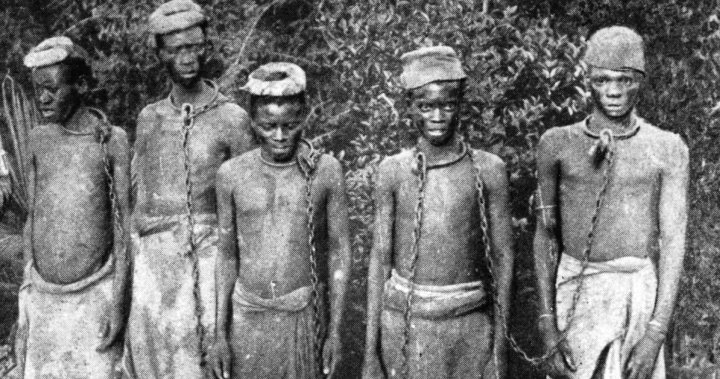Find out the information you need about How Much Did A Slave Cost In The 1800s in this article, all summarized clearly by us.

How Much Did a Slave Cost in the 1800s?
In the antebellum United States, the price of a slave varied depending on a number of factors, including age, gender, skills, and location. In general, however, the average price of a slave in the 1800s was between $400 and $800. This was a significant investment for most slave owners, and it represented a substantial portion of their wealth.
The price of slaves fluctuated over time, and it was particularly volatile during periods of economic uncertainty. For example, during the Panic of 1837, the price of slaves dropped sharply as slave owners were forced to sell their slaves to raise cash. Conversely, during the Civil War, the price of slaves rose as slave owners sought to protect their investments.
Regional Variations in the Price of Slaves
The price of slaves also varied depending on the region of the country. In the Upper South, where the economy was more diversified and there was less demand for slaves, the average price of a slave was lower than in the Lower South, where the economy was more dependent on slave labor.
For example, in 1850, the average price of a slave in Virginia was $450, while the average price of a slave in Mississippi was $800. This difference in price reflected the fact that there was more demand for slaves in Mississippi, where the economy was heavily dependent on cotton production.
The Impact of the Slave Trade on the Price of Slaves
The transatlantic slave trade had a significant impact on the price of slaves in the United States. The importation of millions of slaves from Africa drove down the price of slaves, as there was a surplus of labor available. This, in turn, made it more difficult for slave owners to recoup their investments.
As a result, many slave owners turned to breeding slaves as a way to increase their profits. By breeding slaves, slave owners could create a new generation of slaves that could be sold for a higher price. This practice led to the development of a slave breeding industry in the United States, and it contributed to the increase in the number of slaves in the country.
The Abolition of Slavery and the Price of Slaves
The abolition of slavery in the United States in 1865 had a significant impact on the price of slaves. As slaves were freed, the demand for them declined, and the price of slaves plummeted. In the years after the Civil War, the price of a slave dropped to as low as $50.
The abolition of slavery also had a significant impact on the economy of the United States. The loss of slave labor led to a decline in the production of cotton and other crops, and it contributed to the economic depression that followed the Civil War.
Frequently Asked Questions
Q: What was the average price of a slave in the 1800s?
A: The average price of a slave in the 1800s was between $400 and $800.
Q: What factors affected the price of slaves?
A: The price of slaves was affected by a number of factors, including age, gender, skills, and location.
Q: How did the slave trade impact the price of slaves?
A: The slave trade drove down the price of slaves, as there was a surplus of labor available.
Q: What was the impact of the abolition of slavery on the price of slaves?
A: The abolition of slavery led to a decline in the demand for slaves, and the price of slaves plummeted.
Conclusion
The price of slaves in the 1800s was a reflection of the economic and social conditions of the time. Slaves were a valuable commodity, and their price was influenced by a number of factors, including age, gender, skills, and location. The slave trade also had a significant impact on the price of slaves, as the importation of millions of slaves from Africa drove down the price of labor.
The abolition of slavery in the United States in 1865 had a significant impact on the price of slaves. As slaves were freed, the demand for them declined, and the price of slaves plummeted. The abolition of slavery also had a significant impact on the economy of the United States, as the loss of slave labor led to a decline in the production of cotton and other crops.
Are you interested in learning more about the history of slavery in the United States?

Image: globalnews.ca
We express our gratitude for your visit to our site and for taking the time to read How Much Did A Slave Cost In The 1800s. We hope this article is beneficial for you.